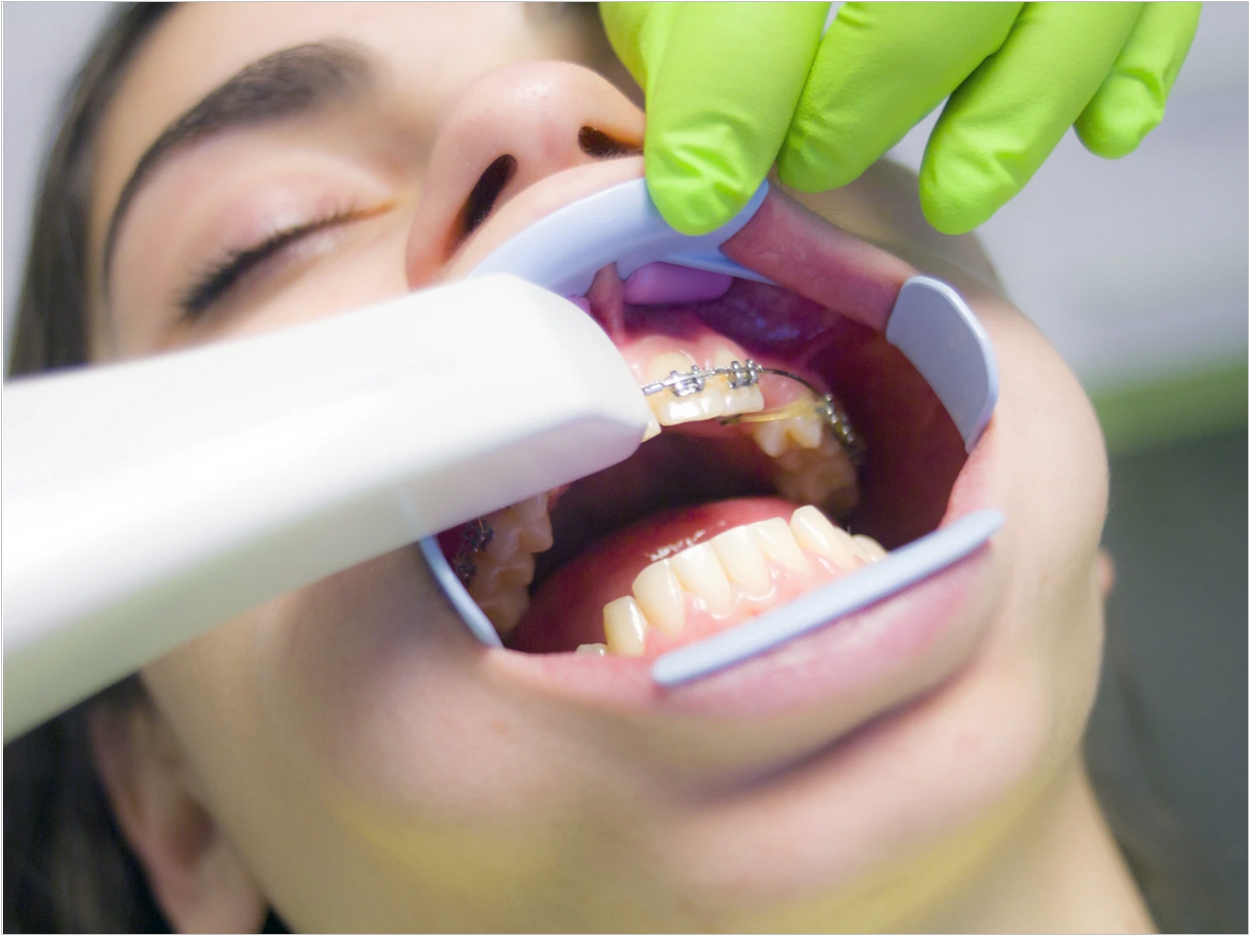
Nine in 10 Connecticut residents who have visited their dentist since the pandemic began felt comfortable doing so, according to the Connecticut State Dental Association (CSDA). In the organization’s poll, patients most often cited the use of personal protection equipment, safety precautions, cleanliness, and screening protocols as the reasons for their confidence.
When asked who they would trust most to communicate that it is safe to visit the dentist, state residents overwhelmingly indicated that they would most trust assurances from their own dentist’s office.
The local health department and the Centers for Disease Control and Prevention each were cited by about 20% of those surveyed as their preferred choice for such a recommendation, compared to nearly half who indicated that they would trust their dentist’s office most.
The pandemic has caused some state residents to delay dental visits, both for routine appointments and for specific issues related to their teeth or gums. While 87% of residents indicated that they visit a dentist in a typical year, only 63% said they had done so in 2020.
Of those who had not been to the dentist yet this year, 65% said they put off a visit for routine preventive work because of the pandemic, and 25% said they had issues with their teeth or gums but decided not to go to the dentist due to the pandemic.
Delaying dental work can lead to more serious dental issues and can potentially impact overall health, the CSDA said.
“Connecticut residents clearly indicated that they appreciate the safety precautions being taken by dental offices and trust their own dentist to keep them informed as to when it is safe to proceed with an appointment with their dentist,” said Dr. Tam Le, CSDA president.
“Understandably, some people opted to put off a dental visit due to coronavirus, but many still plan to get to their dentist this year. To prevent dental issues from escalating into more acute health issues, getting to the dentist remains advisable, so long as safety protocols are observed,” Le said.
The survey also found little difference in the comfort level of patients whose most recent visit to their dentist’s office came either before or after the arrival of the coronavirus in the state back in early spring. Overall, 96% were comfortable before the pandemic compared to 94% who said they were comfortable at their dental appointment since the outbreak.
About seven in 10 who went to the dentist prior to the pandemic indicated they were extremely or very comfortable doing so. For those who visited their dentist during the pandemic, more than six in 10 said they were either extremely comfortable or very comfortable at their dentist appointments.
Regarding safety precautions being taken by dentists to make patients feel comfortable, 52% said that personal protection equipment was the primary reason, 36% indicated safety precautions such as limiting the number of people in the office or having people wait in their cars rather than the waiting room, and 23% cited either the cleanliness of the office or patient screening protocols such as temperature checks.
While in a typical year, 13% of those surveyed said they don’t visit a dentist, so far in 2020, 37% have yet to visit a dentist. Just over half of the individuals surveyed said they anticipate going to the dentist before the end of the year. Among those who do not plan to do so, not expecting to need any dental services (62%) was identified more often as a reason than any concerns about COVID-19 (43%).
Conducted between October 7 and October 16 by Spectrum Associates Market Research, the survey included 407 Connecticut residents age 25 and older. Half were male, and half were female. Also, more than nine in 10 indicated that they currently have or have had dental insurance.
Related Articles
ADA Encourages Continuation of Dental Care During the Pandemic
Use Extraoral Suction Technology to Make Your Dental Office Safer
Oral Health and COVID-19: A Two-Way Relationship












